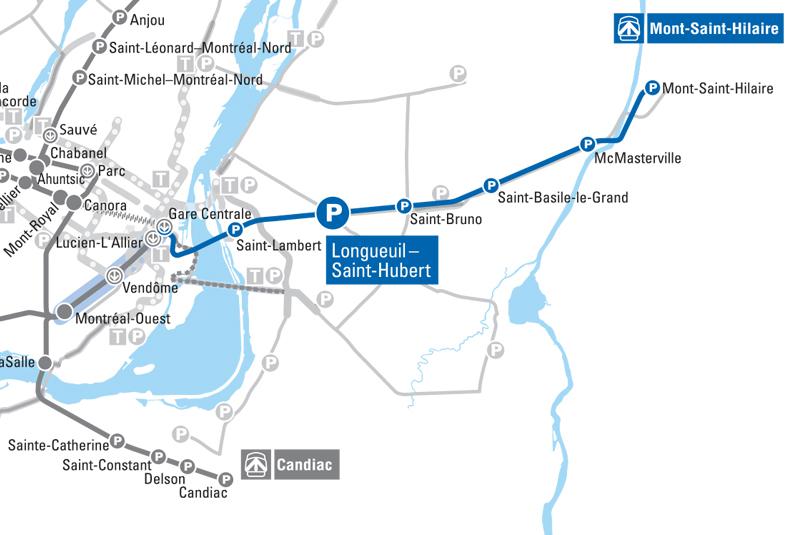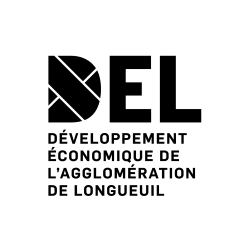Ville de Longueuil favours sustainable, reliable modes of transportation. As such, it is developing the territory in an integrated and innovative manner, thus improving public health, quality of life, the environment, public spaces, security, and the metropolitan positioning of the Agglomération. To that end, in September 2013, the city adopted its Plan de mobilité et de transport 2035 (in French), which proposes new ways of building living environments to better integrate public transit and active transportation corridors into urban planning and design.
- 4th largest metro station in the entire subway system
- 75,000 travellers per day
- 70 bus lines
- 42 platforms
- 7 transit corporations

Strategically located nine minutes from downtown Montréal, Longueuil’s metro station provides you with unparalleled access to a large workforce and provides your employees with a fast, efficient mode of transportation. In addition, an indoor pedestrian network connected to the metro station provides a link between Longueuil’s overground walkways and Montréal’s underground city.

Easily accessible to motorists via Routes 132 and 134, the Longueuil–Université-de-Sherbrooke metro station has approximately 1,880 parking spaces and a loading zone with a waiting area.
The loading zone includes :
- several pick-up and drop-off spots
- a waiting area reserved exclusively for taxi drivers
- pedestrian shelters that are accessible from either side of the loading zone
- bike racks for cyclists














